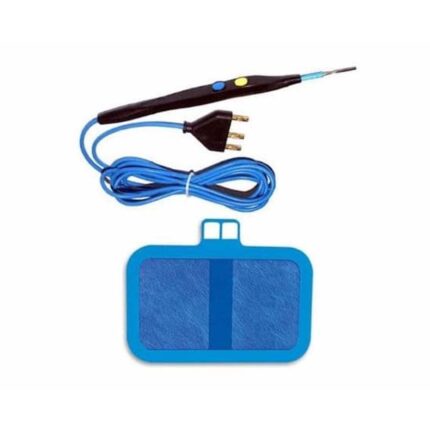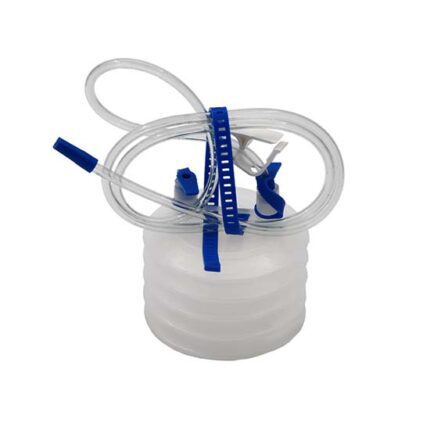A kidney tray is an essential medical instrument commonly used in healthcare settings for a variety of purposes. This versatile piece of equipment is designed to hold medical instruments, tissues, and other items during surgical procedures, examinations, and general medical care. Its unique shape, resembling a kidney, ensures it fits comfortably beside a patient on a bed or surgical table, offering convenience and efficiency to medical professionals.
What is a Kidney Tray?
A kidney tray is typically made of stainless steel or plastic and is shaped like a half-moon to easily accommodate various items while maintaining a stable surface. Its primary function is to hold instruments such as surgical tools, gauze, or other disposable materials, allowing healthcare workers to have quick access to necessary items during procedures. The shape and design of the tray make it highly practical for use in both operating rooms and general patient care settings.
Features of a Kidney Tray
- Shape and Size: The kidney tray’s curved, half-moon shape is ideal for placing on the side of a patient’s bed, ensuring items stay secure while being easily accessible. Its compact size makes it convenient for use in small or crowded spaces like examination rooms or operating theaters.
- Material: Kidney trays are usually made from high-quality materials like stainless steel or durable plastic. Stainless steel trays are preferred for their resistance to corrosion, easy cleaning, and ability to withstand high temperatures, making them suitable for sterilization after use. Plastic trays are lightweight, cost-effective, and disposable, which makes them ideal for single-use purposes.
- Durability and Sterilization: Since kidney trays are frequently used in medical procedures, they are designed to be durable and easy to clean. Stainless steel trays can be sterilized in autoclaves, ensuring that they remain hygienic and safe for reuse. On the other hand, plastic trays, being disposable, ensure minimal risk of contamination.
Uses of a Kidney Tray
Kidney trays are used in a wide range of medical applications, including:
- Surgical Procedures: During surgeries, kidney trays are used to hold instruments, tissues, or waste material, allowing the medical team to focus on the procedure without worrying about where to place items.
- Examinations and Patient Care: In patient care, these trays can hold instruments, dressings, or medications, helping nurses and doctors to keep essential tools close at hand during routine checkups or emergency care.
- Waste Management: After procedures, kidney trays are often used to collect waste materials like used dressings, cotton balls, and surgical waste, ensuring proper disposal and maintaining a clean environment.
Advantages of Using a Kidney Tray
- Convenience: Its design ensures that medical professionals can easily access and handle items during surgeries, treatments, and exams. The tray can be positioned right next to the patient, reducing the need for constant movement.
- Space-Saving: Kidney trays are designed to fit in tight spaces, making them perfect for small treatment rooms or crowded operating tables.
- Hygiene: The materials used in kidney trays are easy to clean and disinfect, ensuring a hygienic environment during medical procedures. This is especially crucial in preventing cross-contamination and ensuring patient safety.
Why Buy Kidney Trays from Parsumashtajhiz?
When looking to purchase high-quality kidney trays, look no further than parsumashtajhiz. Our products are sourced from top manufacturers, ensuring durability, functionality, and easy maintenance. Whether you need stainless steel or plastic kidney trays, we offer a range of options to suit your needs. By choosing us, you are investing in reliable and efficient medical equipment that will meet the demands of your healthcare facility.
At parsumashtajhiz, we prioritize customer satisfaction and offer competitive prices for all of our products. Trust us for your medical equipment needs and ensure your healthcare environment is equipped with the best tools available.
Conclusion
In conclusion, a kidney tray is an indispensable tool in medical settings, offering convenience, durability, and hygiene. Whether used during surgeries or in general patient care, it plays a vital role in maintaining a smooth and efficient workflow. For the highest quality kidney trays, you can rely on parsumashtajhiz to provide products that meet your needs.











Reviews
There are no reviews yet.